By przeczytać polskojęzyczną wersję wpisu >>>KLIKNIJ TUTAJ<<<
Camiguin is a small island of volcanic origin located on the Bohol Sea some ten kilometers north of the coast of Mindanao. It was discovered for the Western civilization in 1521 by Ferdinand Magellan and then explored further during the expedition operating in the Visayas under the command of Miguel Lopez Legazpi, the same that simultaneously gained for the Spanish crown the island of Siquijor.
Camiguin is called the Island Born of Fire because a significant portion of its surface was formed as a result of extraordinary seismic activity resulting in frequent volcanic eruptions. The last of such disasters in 1871 pushed into the sea a thriving Spanish colonial village located in the municipality of Catarman. A huge cross towering over the waves erected in a central location the then sunken cemetery is today a grim reminder of the tragedy.
We’ve had the island on our radar for a while mostly because hearsay opinions left no doubt – the place is a blast also figuratively speaking. To the extent that we set sail considering the possibility of settling permanently – holidays nicely spent with buddies combined with friendly reconnaissance of new territory we could call home. Business with pleasure.
The journey began with a pleasant coincidence – on a ferry from Larena we ran into a girl with whom met briefly two years earlier during our first trip from Bantayan to Siquijor. We hadn’t kept in touch since yet we recognized one another instantly and even remembered each other’s names, something I’m particularly bad at to the point it is awkward at times. No change in her home town of Plaridel, the invitation then extended still stands.
A compulsory overnight stop on the island of Bohol was a nuisance. Tagbilaran by night was mediocre and didn’t impress. At first glance not much was going on there or not enough effort was put into finding action. We went to bed early without regret to get up in the morning ready for an early bus to the town of Jagna to continue journey by ferry.
The island of Camiguin appeared on the horizon at the beginning of the cruise and immediately made a good impression. To the passengers of an approaching ferry she didn’t come out however in all her glory – on the first date she came clothed in veil-like clouds as if she had something to be ashamed of. She didn’t.
Camiguin is fantastic especially for those in love with Nature’s beautiful creations. Monumental volcanic massifs emerging from the sea leave few people indifferent. Bright green lush vegetation overgrowing steep slopes impresses even those already spoiled by breathtaking mountainous landscapes of other Philippine islands. The picture is additionally diversified by fantastic waterfalls, refreshing cold water springs and even more popular with visitors springs of hot water flowing from the depths of the earth just at the foot of the Hibok-Hibok volcano. Some attractions unfortunately fenced, ticketed with booths of low quality souvenirs all around.
Well, yes, volcanoes. Sounds ominous especially that there are seven on the island. At the volcanology station a member of the scientific staff in a characteristically warm tone of a guide expertly announced that measurable increase in seismic activity is recorded every hour but these are movements of tectonic origin therefore relating to the internal and mutual tension of tectonic plates. Volcanic activity is now in the phase of sleep. So really there is nothing to fear because Hibok, recognized as the only dangerous, is constantly monitored by accurate state of the art equipment. Somehow I wasn’t convinced.
Differences between the island of volcanic origin and a coral one like Siquijor where we live are profound. Volcanic soil is fertile hence the lush natural vegetation and developed prosperous agriculture. Plants owe the volcanoes also in other respects. Mountain ranges hold the clouds which means frequent rain and cool air from high peaks flowing by gravity down the slopes to areas located below. Due to this circulation overall average temperature is lower than on flat islands. This is a valuable advantage in the hot and dry season which is a nuisance in San Juan at the moment and even more intense in Santa Fe on Bantayan, a pancake-like island.
Volcanic rock surrenders to erosion differently than coral. Limestone of organic origin is relatively light, rigid and of porous structure resembling natural pumice. Under the influence of erosive factors it becomes white, brittle and eventually breaks into particles of white sand that lines sea floor and efficiently reflects the sunlight creating a magnificent azure scenery.
The volcanic rock is of crystalline structure, dark and hard. Eroding it breaks into blocks and boulders which then take the shape pebbles and eventually turn into dark, ash resembling sand – the kind that can also be found in the Canary Islands. This means the coast of Camiguin is rocky and the dark sea bottom by definition effectively absorbs most sun rays so no effect of the azure here – waters around are rather dark blue.
Do not be fooled by spectacular photographs of the island taken from the White Island – a small dune of white sand a short cruise off the coast (450PHP, up to 6 people per trip). From this perspective towering volcanoes as a mighty background to beautiful beach and the big blue do blend together as quite sexy. It’s a classic brochure fraud, an attempt to make rule out of an exception. As a matter of fact there are no white sandy beaches on Camiguin and one gets the impression that, apart from a few fishing villages, the islanders live with their backs turned to the sea and are more preoccupied with what’s happening on land. Camiguinons themselves are archetypal Filipinos, friendly and open. Thailand was once awarded the Land of Smiles status. In our opinion it lost the title to the Philippines long ago.
Transportation on the island is simple and mainly means travelling via tricycle or rented motorcycle along the nicely maintained wide circumferential road. A trip around the coast is an attraction in itself. The views are spectacular – from open sea views, through the harsh boulder avalanche threatening rocky cliffs, to the picturesque gorges bounded on both sides by high walls spewing thousands of floral species. You can also try the two available cross country tracts. Mountain roads across the island are a special treat – such traverses entail hard on the engine long kilometers of aggressive climbing followed by ruthless on the brakes for a change steep descent. The views are mind blowing, no picture will give them justice. One of the two undoubtedly crazily expensive serpentines ends unexpectedly with an unfinished bridge in the middle of a mountain jungle basking in sun and silence. A must see.
The island is clean. It’s arguably the first place in the Philippines where with no major problems you can find a trash can, shopping with your own bag is sometimes rewarded, suitable items are wrapped in paper rather than plastic and zero tolerance policy has been introduced for littering in public. Instead of emergency measures in the form of summoning neighbours for monthly beach clean-ups (which in Siquijor, being a social occasion, also has its charm by the way) authorities opted for penalization which is meant to act as a general deterrent. Better to have 2500 peso than not dear citizens so please behave decently. It seems such an approach has proven efficient.
As I mentioned we considered the possibility of moving but despite all illustriousness of Camiguin we are yet withholding the decision. The reasons are three: 1. Our LTE modem reluctantly caught signal just in one little town. The service provider says that the island was to be all within range in January but unexpected technical issues arose. In the Philippines it may mean months, if not years of delay. 2. Despite intensive house hunt we failed to find a house into which we would move unreservedly and joyfully (and we really are not high maintenance). I admit, the search dynamics lessened with time because… 3. We realized that no sandy beaches, blue sea and the evening breeze is effectively a deal breaker, not the Philippines as we know it, not yet good enough an alternative in our eyes to what we see from our windows as I write. Regrettably.
We left Camiguin captive and delighted with a hint of that regret knowing pretty much we’ll be back one day. Thank you Ania, Martinez, Asia and Bartek for great company on this adventure and for occasional consumption of unsaturated solution of vitamin C2H5OH. Cheers.
P.S. I played today a bit of a homegrown geo-naturalist reaching into the dusty recesses of memory and vague recollections of ancient high school times. If details got screwed up there, please let me know.
Still to come from Camiguin: practical information, how to get to Camiguin, what to see on the island, volcanoes and attractions on Camiguin, trekking, climbing, sightseeing etc. Stay tuned.
By przeczytać polskojęzyczną wersję wpisu >>>KLIKNIJ TUTAJ<<<
czerwone pryszcze już nie psują mi twarzy,
sam też stoję trochę z boku,
wiem, że dobrze jest być i dobrze jest mieć,
już nie mieszkam w bardzo długim bloku. za grabażem.

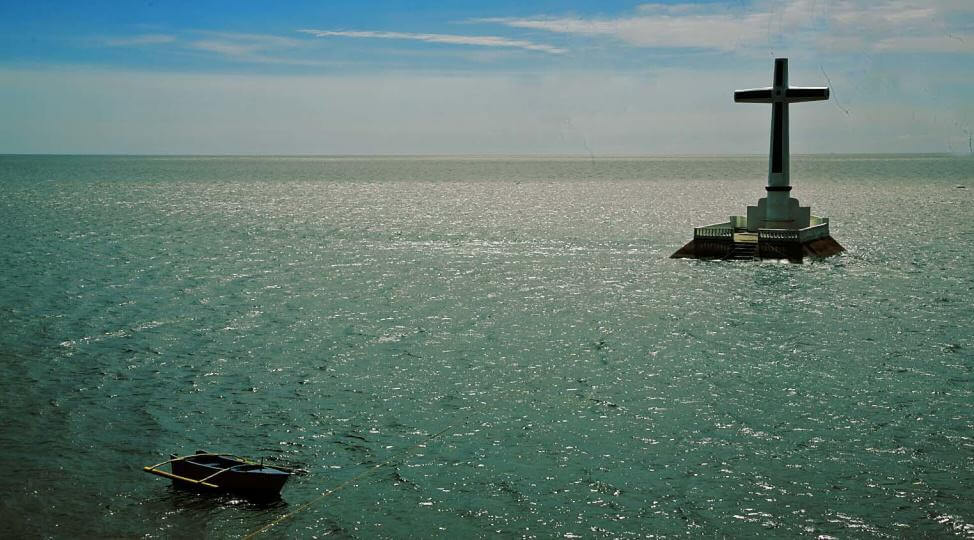


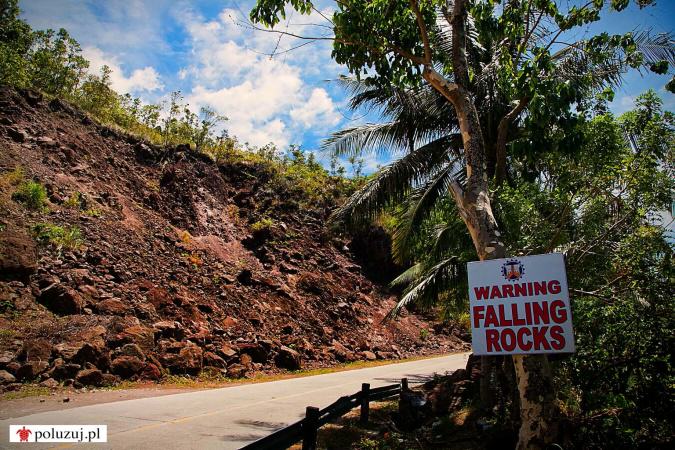

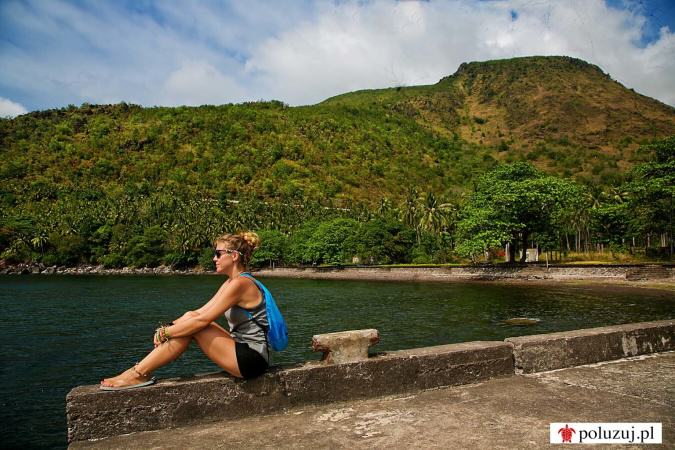
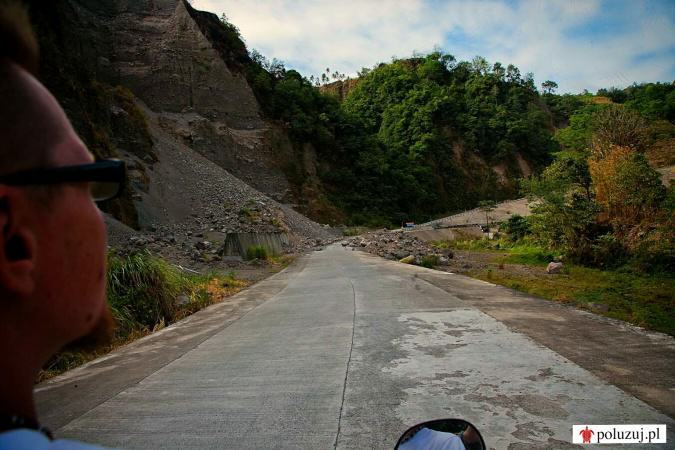





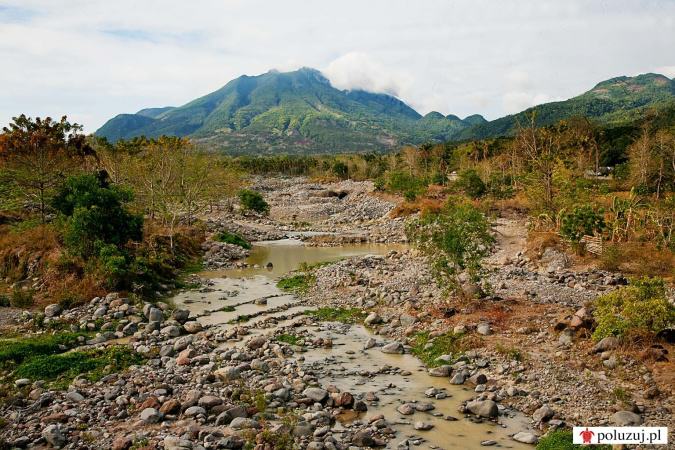
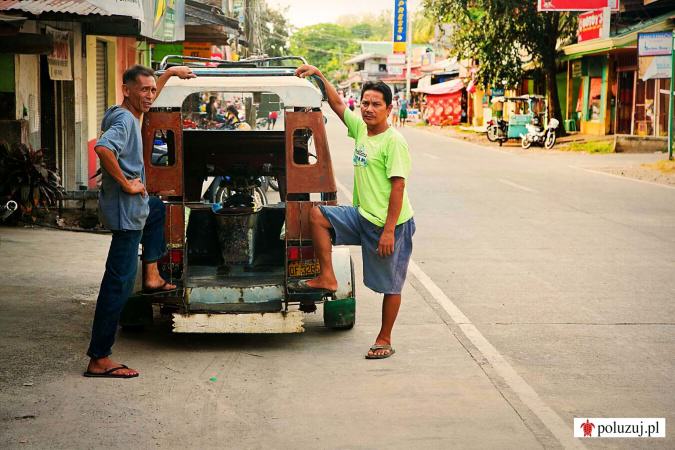





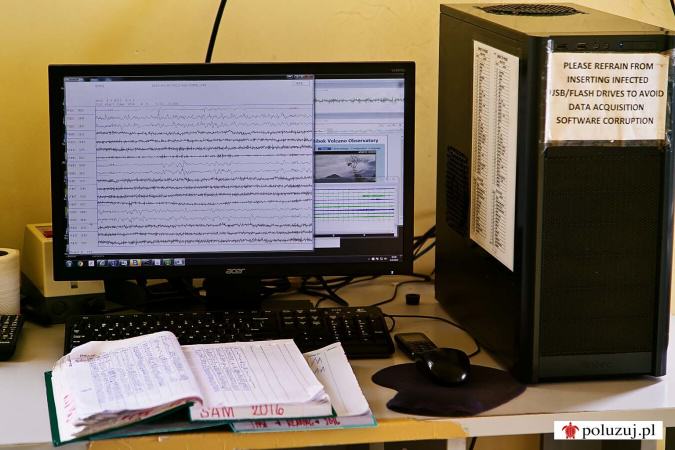
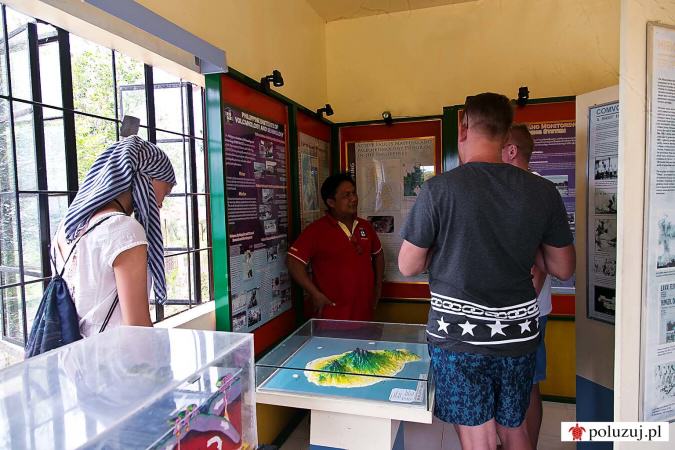

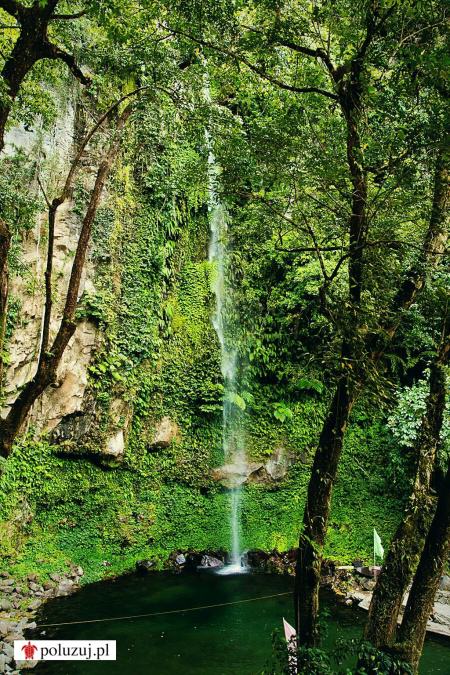

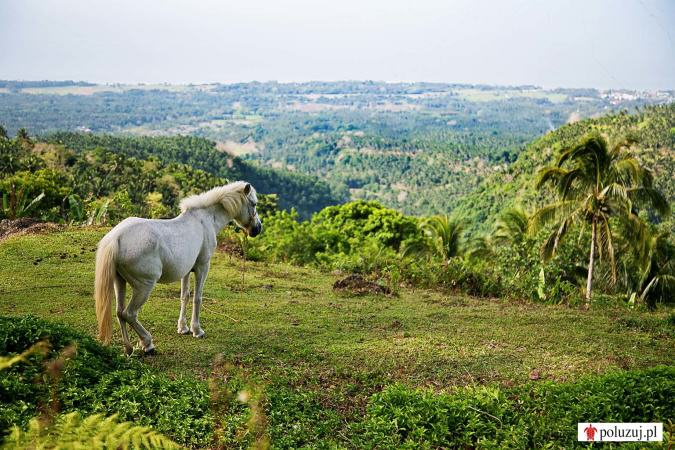



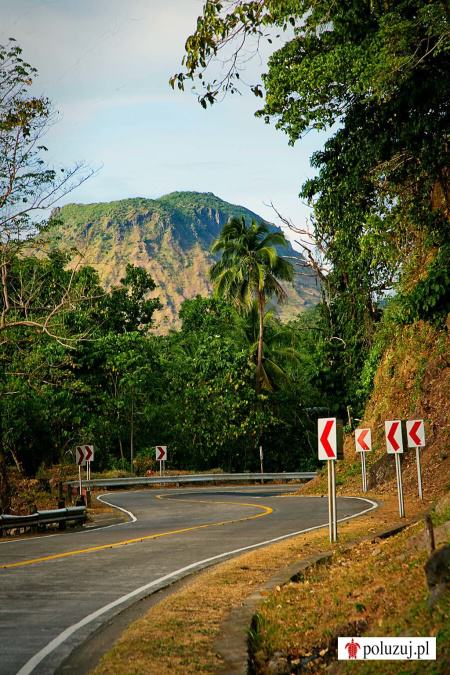



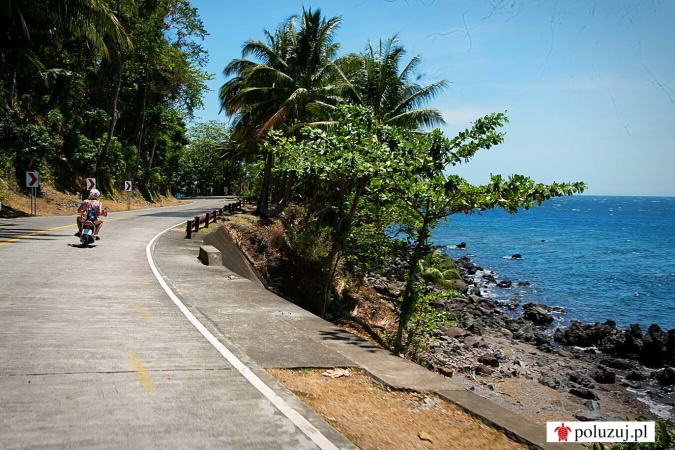






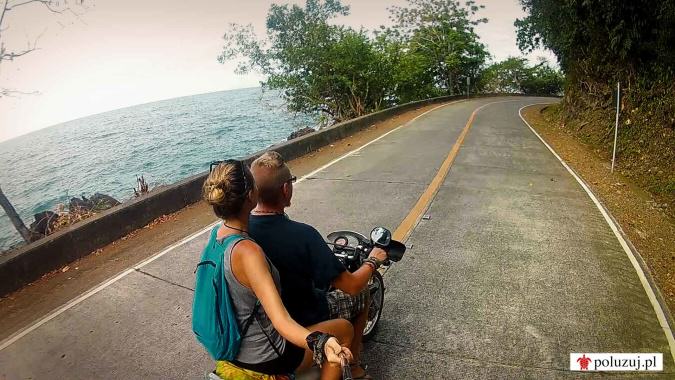

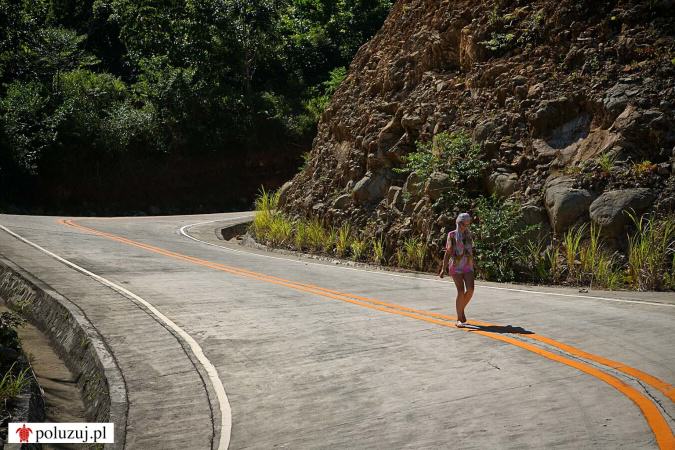



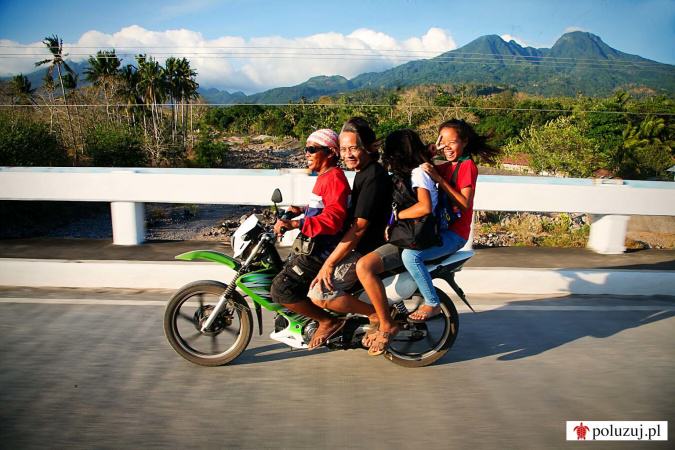
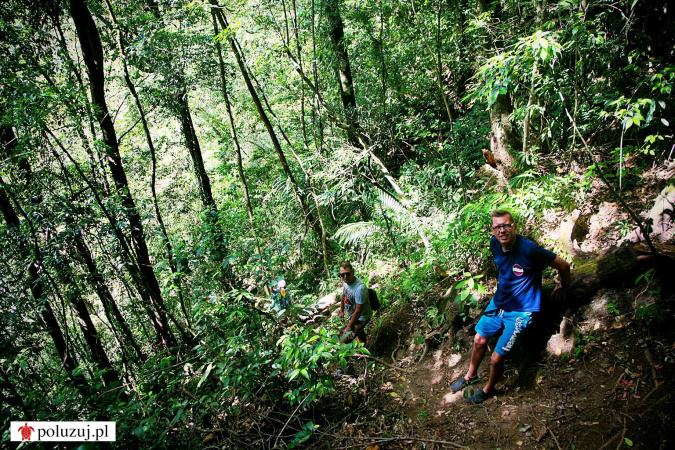


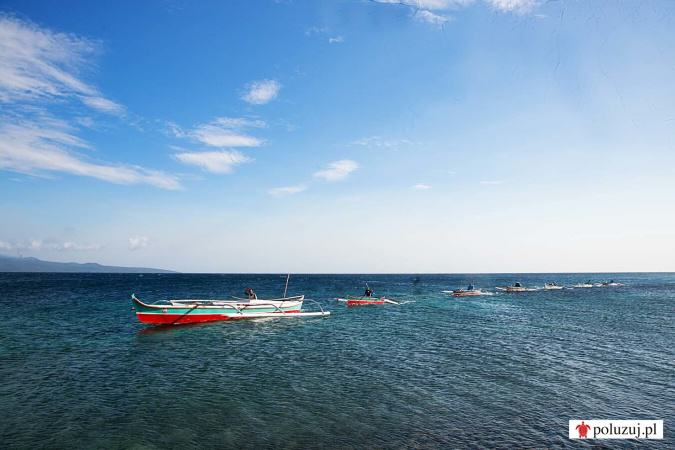



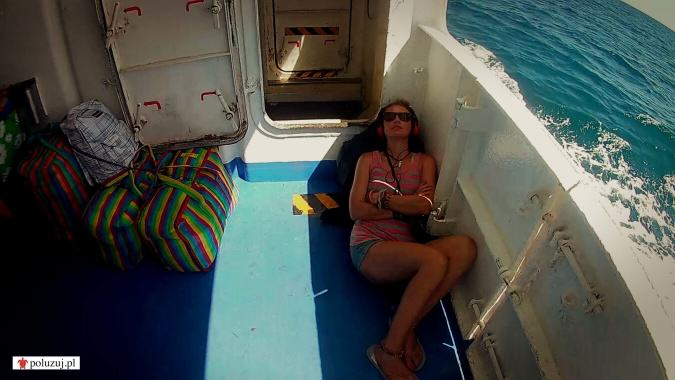

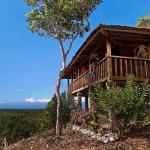



Co Wy tam pijecie w tej butelce od sprite? Po minach wnoszę że musi być bardzo niedobre :-)
Pewnie przeterminowane ;-)
Świetny filmik
Dobra robota Monia ! Pozdro!
SUPER WYCIECZKA!!!!!!!!!:)
Czym w końcu kręcone? Buziaki w ogóle!!
Sj7000, głowy nie urywa, ale filmujemy na tyle mało póki co, że styka.
Jak zobaczylem na koncu „Welcome to Siquijor” to az sie lezka zakrecila.. Mam nadzieje, ze niedlugo bede mogl tam wrocic ;)
Działa jak magnes nie? :-)
Milo Was zobaczycBuziaki
To wszystko musi być bardzo niebezpieczne